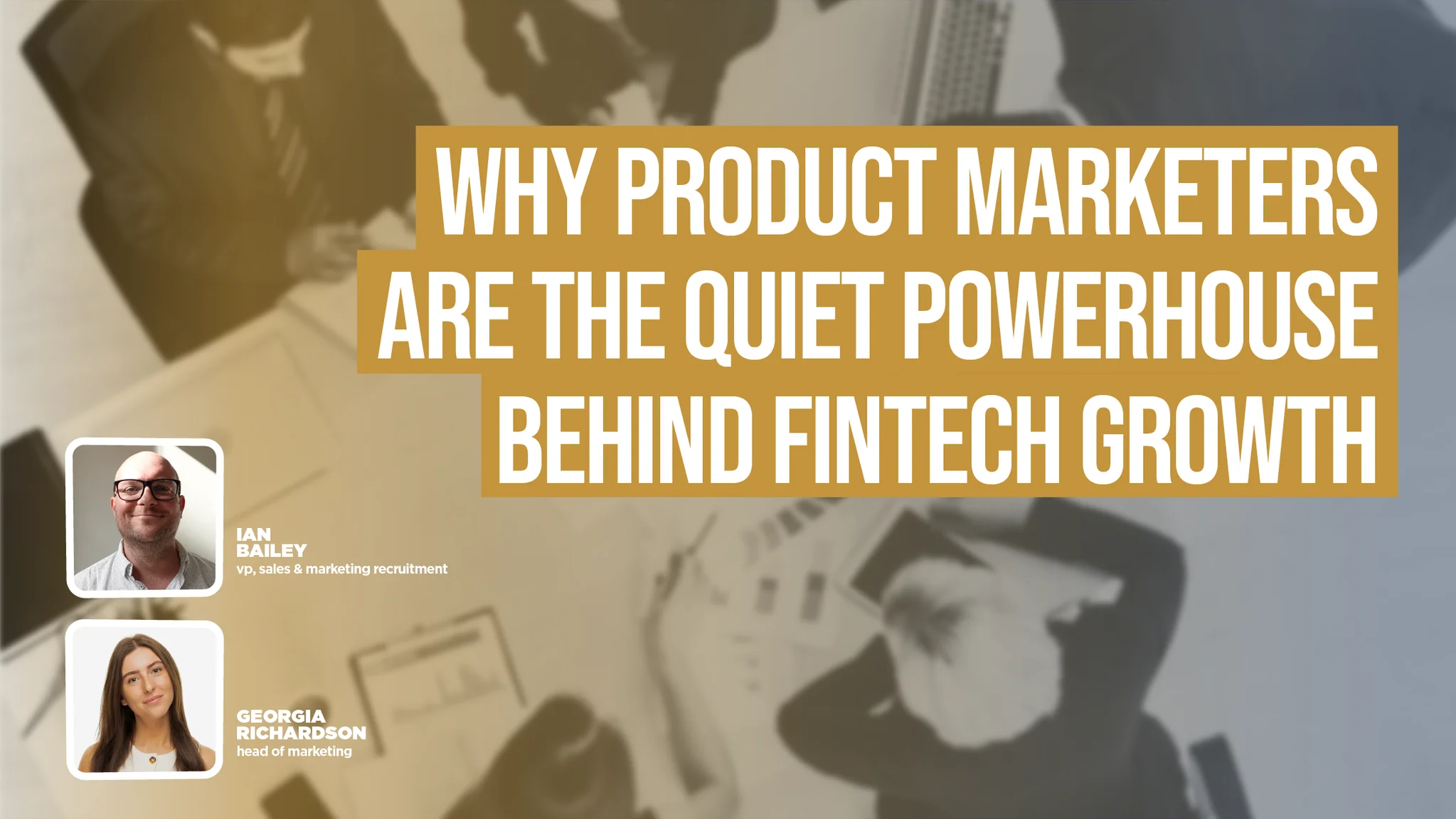Download your free copy of the latest Financial Technologist magazine here.
Great sellers aren’t born. They’re made through a combination of technology-led sales enablement techniques, traditional coaching, and experience. Yet, our 2023 Value of Enablement Report revealed the troubling statistic that 36% of respondents stated their company did not currently offer any form of sales development or coaching.
Any sales-led organisation without effective sales enablement and coaching strategies is leaving money on the table. As industry specialists in this field, we have a front-row seat on what great sales enablement and coaching can do to make tangible, positive impacts on a firm’s sales teams, culture, and bottom line.
In either case, it’s about establishing clear outcomes – creating a concrete vision of success and defining your desired outcomes.
Defining your objectives
Is the objective to improve efficiency, for example, by equipping sales teams with better technologies, tools,
and processes to achieve more in less time? Could there be new and different ways to help them more efficiently navigate customer interactions and increase engagement?
Our recent survey of 1,200 go-to-market (GTM) professionals found that 76% of people with efficient access to coaching and training content stated it kept them from second-guessing themselves when interacting with customers.
Is your focus on revenue growth from higher average close values (ACV) and stronger lead conversion rates? Is your challenge retention of good sales resources? We ask, because research suggests that individuals who feel ‘invested’ and well-supported by managers and leadership teams are 20% more likely to stay with an organisation.
Evidently, sales enablement and coaching can take many forms and should be made available in multiple channels, including specific enablement technologies and platforms. Our research shows that 79% of people using enablement technologies to access content, information, and coaching agree that it is a critical coaching channel, empowering them to engage with clients from a more confident and informed standpoint.
Tailored sales technology
Technology-first tools like Seismic Learning create an efficient and effective platform for delivering asynchronous sales coaching. Moreover, it collects and
collates feedback to inform data-driven coaching plans and fill identifiable and specific knowledge gaps rather than subjecting everyone to a single, one-size-fits-all solution.
This approach also provides a methodical, considered, and consistent framework for teaching your firm’s sales playbooks to individuals and teams, capturing the correct feedback to inform their development. It’s also a way to let sellers continuously – and privately – refine their craft.
Today’s sales coaching software enables sellers to record and share their latest elevator pitches, for example, and to practice personalised pitches for specific personas. Individuals can practice at a time that works well for them, and managers can evaluate submissions similarly.
Coaching does not always have to be presented in the context of in-person and one-to-one sessions. Automated coaching software lets individuals and teams practice the most common and challenging sales scenarios at scale, skipping the time, effort, and sometimes the daunting nature of traditional role-playing exercises.
There to support, not replace
Of course, specialist sales enablement and coaching technology and software can only do so much. There will always be a need for (and significant value in) soft coaching from sales heads and colleagues.
The best coaches will always be individuals with first-hand experience in sales. That said, it’s even better if they understand the benefits of enablement techniques and effective mentoring programmes. Their expertise is what lends their coaching weight, after all. That way, their insights and feedback will be exponentially more impactful to the sellers on your team, and the best of these coaches will provide coaching on an ongoing, regular basis.
However, sales teams must support their learning to avoid relying solely on one source of ‘human’ professional development. Other coaching might include peer coaching groups, external training programmes, webinars, and relevant industry conferences.
When done well, coaching refines a seller’s natural skills and gives them a chance to work on their weaknesses, leading to better overall company performance. Self-reflection and assessment should also be encouraged. Offer frequent opportunities, ideally via sales coaching technology, to allow them to evaluate themselves and their performance progress over time. Remember this especially: an essential component of a great sales coaching strategy is celebrating outstanding work!
This could look like sharing a video snippet from a recent successful call, sending an email or Slack message to the broader sales organisation about what a seller did and why it worked, or simply acknowledging an individual's work and progress in a direct message.
Informed performance
Remember to lean on data. In sales coaching specifically, making a difference means improving the bottom line and getting sellers towards their quota. With an enablement platform that handles learning and coaching and integrates seamlessly with your CRM,
you can easily generate reports to see what training is moving the needle.
You can also see where individuals excel and are falling short; this intel can inform your future coaching efforts and refine your subject focus. Technology is a great enabler, and new AI tools are increasingly emerging, maximising the potential of training and coaching capabilities. According to our research, 45% of GTM professionals already use AI tools to support learning efforts. We expect that figure to rise quickly as AI advances.
Final thoughts
Good coaching should result in more confident and self-sufficient sellers, whether delivered through technology or human interaction. It should make them aware of what they do well and where there’s room for improvement.
This awareness – and the work you do together to improve it – leads to more commitment and higher retention rates, more motivated sales teams, higher conversion rates and ultimately, a positive impact on the bottom line.
Download your free copy of the latest Financial Technologist magazine here.






